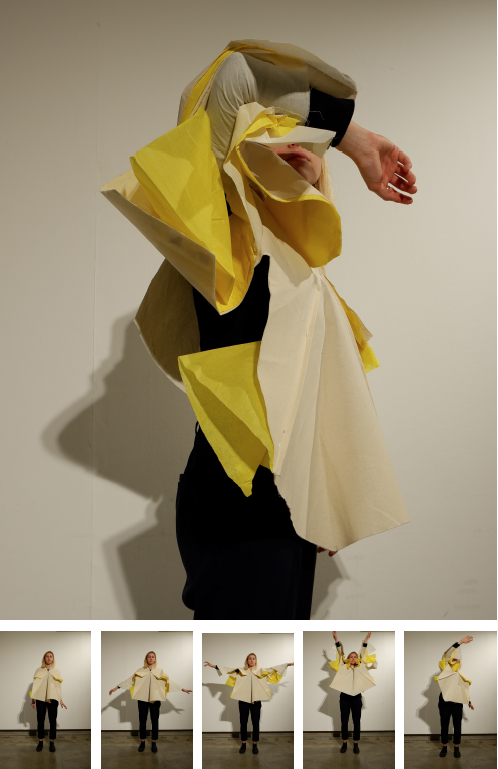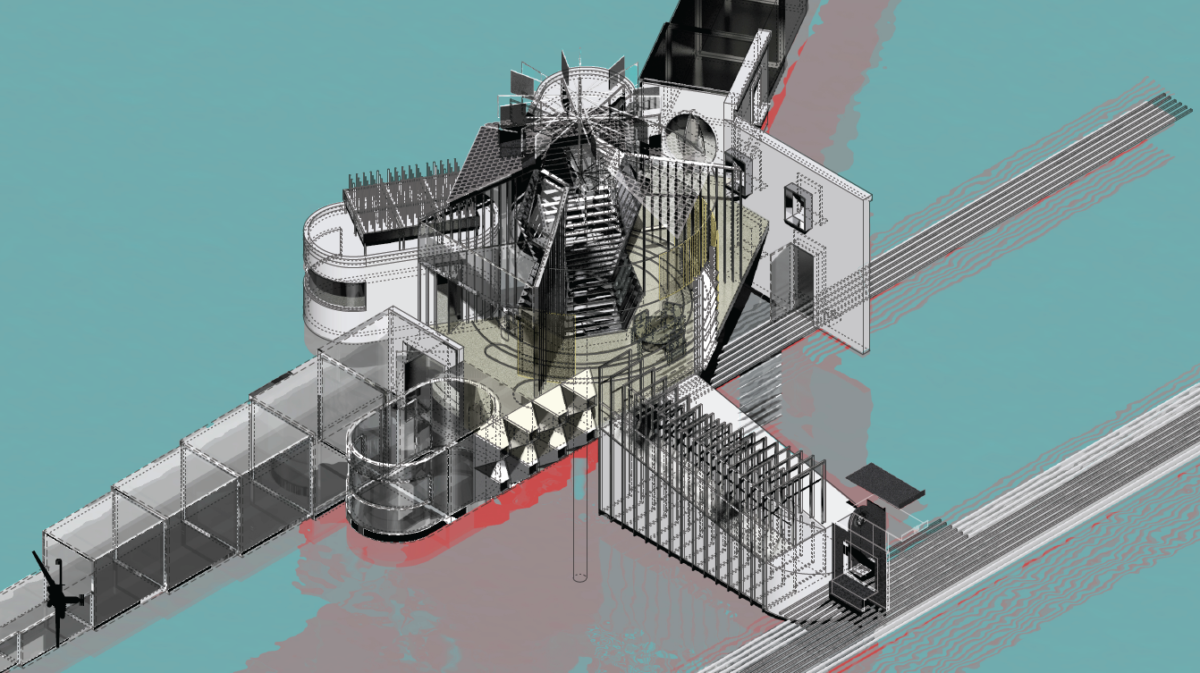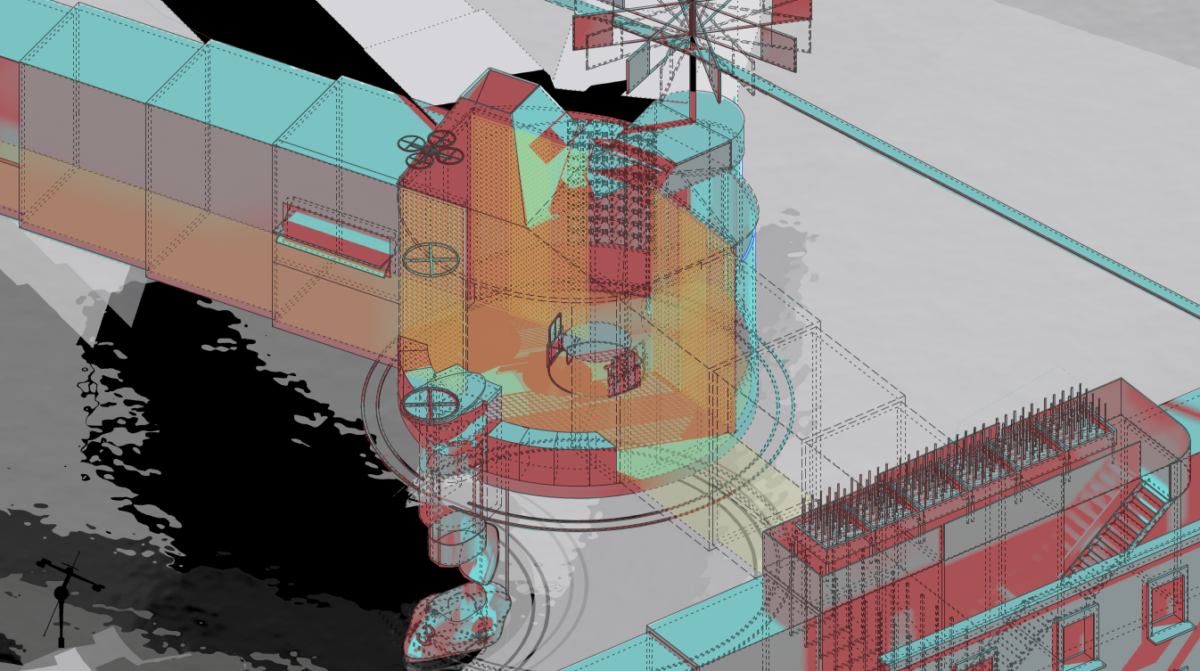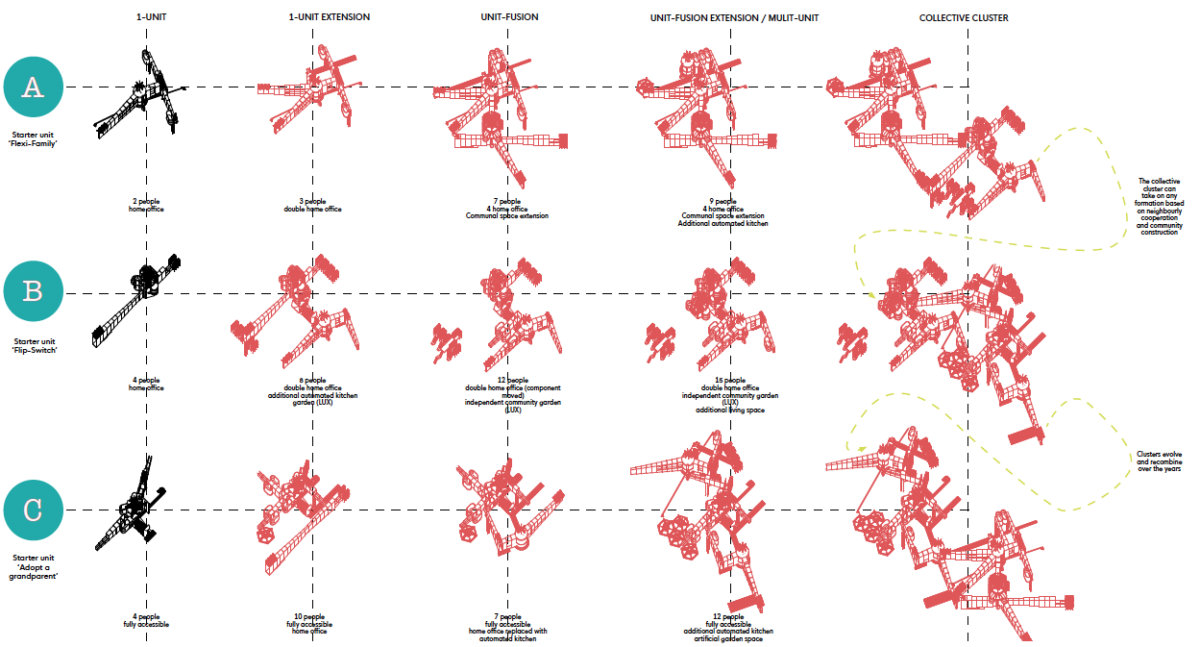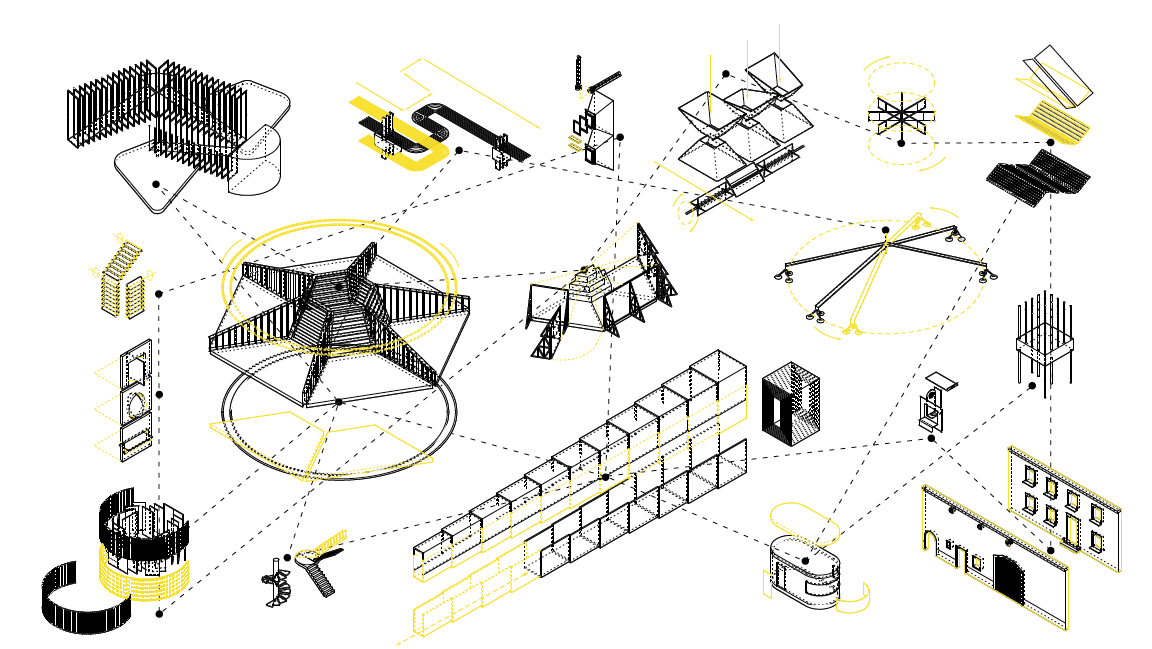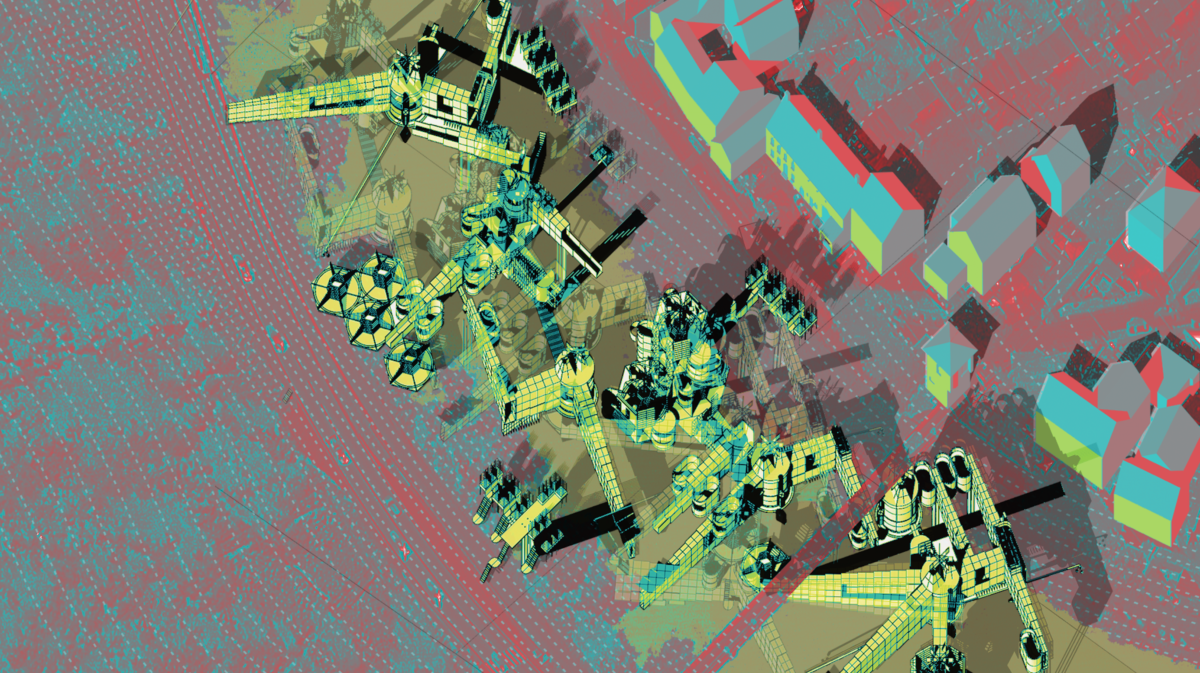

POST-TERRITORIAL VISIONS
An investigation into non-territories and post-territorial inhabitation
This thesis tackles the socio-geographical and -political sphere of territorial ownership within the realm of architecture. It specifically explores in-between spaces, such as air space and open (European) national borders, where territoriality is defined by ambiguity and temporality.
Non-territories are explored with the ‘Codex Vacareum’, an investigation into the air space around modernist towers in the UK, through the case study of Keeling House. Modernist tower typologies are characterised by their isolation and vast empty space that surrounds them. This exercise challenges traditional notions of ownership by testing the possible inhabitation of a ‘non-existent’ space through speculative narratives.
Post-territories are explored through ‘EUtopian Visions – The Post-territorial borderlands’ critically confronts the European Union’s utopian aspiration of a homogenous European territory. It is argued that the EU’s dream of territorial unity cannot be attained through simply opening borders, as this does not interrogate the condition of the borderlands, but merely attempts to erase past conflict. This thesis proposes alternative forms of cohesion in geographical borderlands, not by denying separation, but by critically re-evaluating territorial secession and making its dynamics an intrinsic part of a speculative design methodology. The EUtopian Visions are focused around Luxembourg, a micro-country that borders Belgium, France and Germany. Luxembourg’s reliance on open borders and its ambiguous borderlands become fruitful ground for post-territoriality in the fictional report about what will be called the ‘All-(hu)Man’s Land’. It describes a vision of the Luxembourgish borderlands, which, in a time of Brexit and the rise of nationalist secession, chooses neither Leave or Remain. It exercises a third option, (in)dependent from inter-country differences, it is a place of many identities and yet none entirely. Luxembourg’s periphery is a territorial anomaly and thus opportunity for the flourishing of an ‘other’ type of togetherness and what is the first post-territory community.
